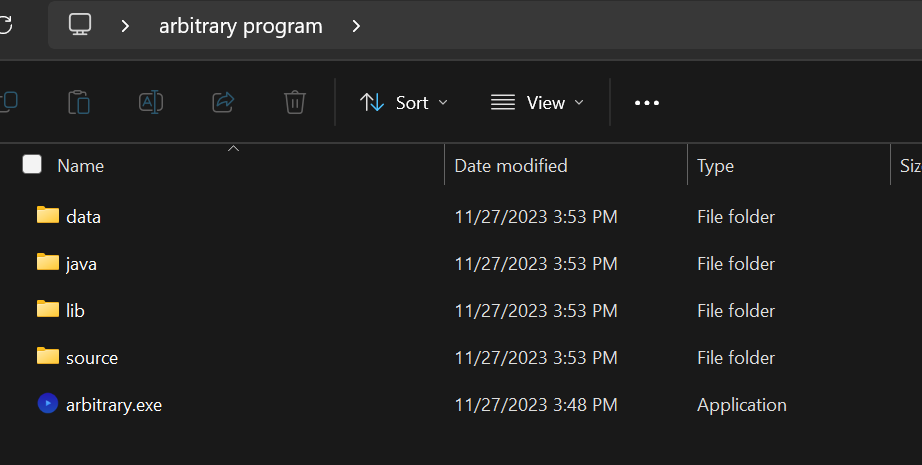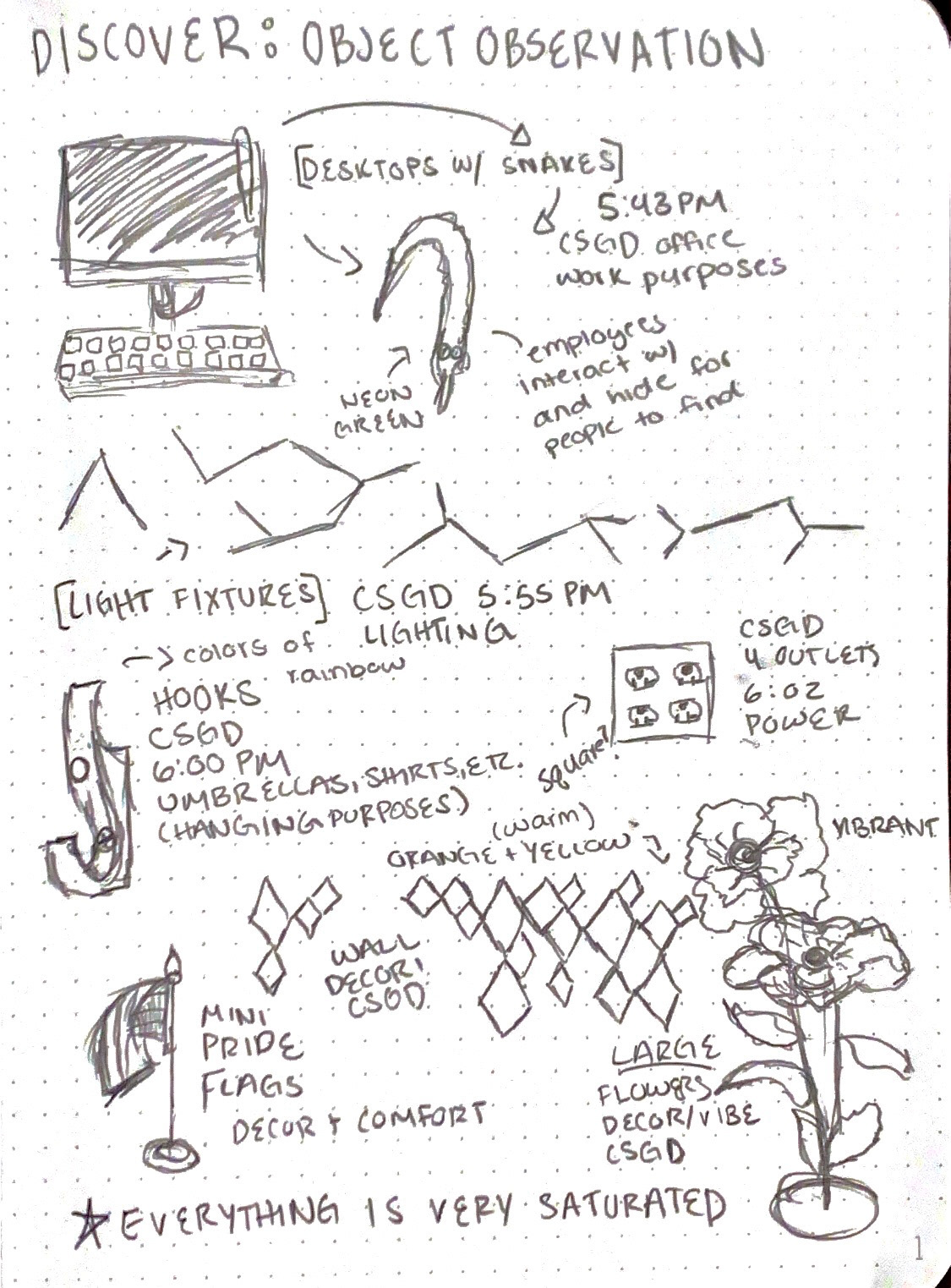arbitrary
Concept
An app developed for everyday people that encourages users to both perform and assign value to seemingly meaningless actions.
Project Overview
Being an app so contingent on randomness, arbitrary strives to overcome monotony and instead embrace chance. Many people, whether conscious or not, struggle with the cyclicality of day-to-day life and either forget or dismiss the value of spontaneity and doing things on a whim. This oftentimes relates directly to how and what we assign value to: work and school systems alike training us to value work over leisure when they are equally important.
Promoting genuine motivation in a way that does not feel tacky is not an easy feat, and it is important to note how often celebrated coping strategies such as journaling and meditating receive eye rolls. This is why arbitrary prioritizes simplicity over introspection, the only mechanism within the app being a button to spin a wheel. Workload and decision paralysis steer people away from complex coping strategies, and the goal of this app is not meant to overwhelm the user but instead reassign their values passively.
A vital function – or lack thereof – of this app is how it subverts typical motivation-based research; there is no reward system, there are no consequences. This trusting approach takes external weight off the ritual and redirects it to the hands of the user. Decision paralysis is muffled in the sense that the only real decision this app prompts you to make is weather or not you follow through with the ritual provided. This approach limits uncontrollable variables that throw off genuine motivation including but not limited to guilt and fear. The reality is that in choosing to complete an arbitrary act, even if an individual breaks the ritual a week in, already proves accountability, self-respect, and drive within the user.
Project Delivery
Media/Instructions/Prototype
App Name: arbitrary
Description: The goal of this app is to embrace chance and urge individuals to participate in arbitrary activities. By incorporating randomness, it encourages the user to develop habits that stray away from the cyclicality of everyday life. Arbitrary as a word itself is defined as “based on random choice or personal whim, rather than any reason or system”, and I think learning to value the arbitrary will foster long term genuine motivation.
Steps:
1. Open Arbitrary app
2. Spin the wheel
3. Do the activity the arrow lands on
Activity Key:
Light Purple: Go on a walk for 30 minutes
Dark Purple: Drink an entire glass of water
Light Pink: Listen to a new song
Dark Pink: Try to draw a perfect circle and a perfect square
Light Teal: Write one sentence about your day
Dark Teal: Sit outside for 30 minutes
Light Blue: Take a photo of something that makes you happy in your environment
Dark Blue: Smile. That’s it.
Production
When conceptualizing this project, I utilized the Double Diamond Design Process to aid and optimize my workflow. The final product, arbitrary strayed rather far from my first “Discover” process, the word motivation stemming from a light fixture, and would then define the key-term my entire project revolves around. Working motivation into my project was a challenge in itself considering how personal the problem is to each individual – I especially struggled to come up with a ritual that indirectly solves inauthentic motivation. Perhaps shockingly, I stuck by my first “How might we…?” question with great fervor despite having to scrap my initial attempt at development. The direction I wanted this project to go in got especially fleshed out following the Discover: Interview process, as it became abundantly clear how entwined motivation is with cyclicality. I largely attribute my projects focus on disrupting the mundane and combatting decision paralysis to talking to my peers and discovering common grounds within a vulnerable subject. After that, defining my concept felt almost intuitive, the nuances of motivation being both personal to myself and universal.
Processing Development



Research





Programs
Adobe XD
Adobe After Effects
Processing
